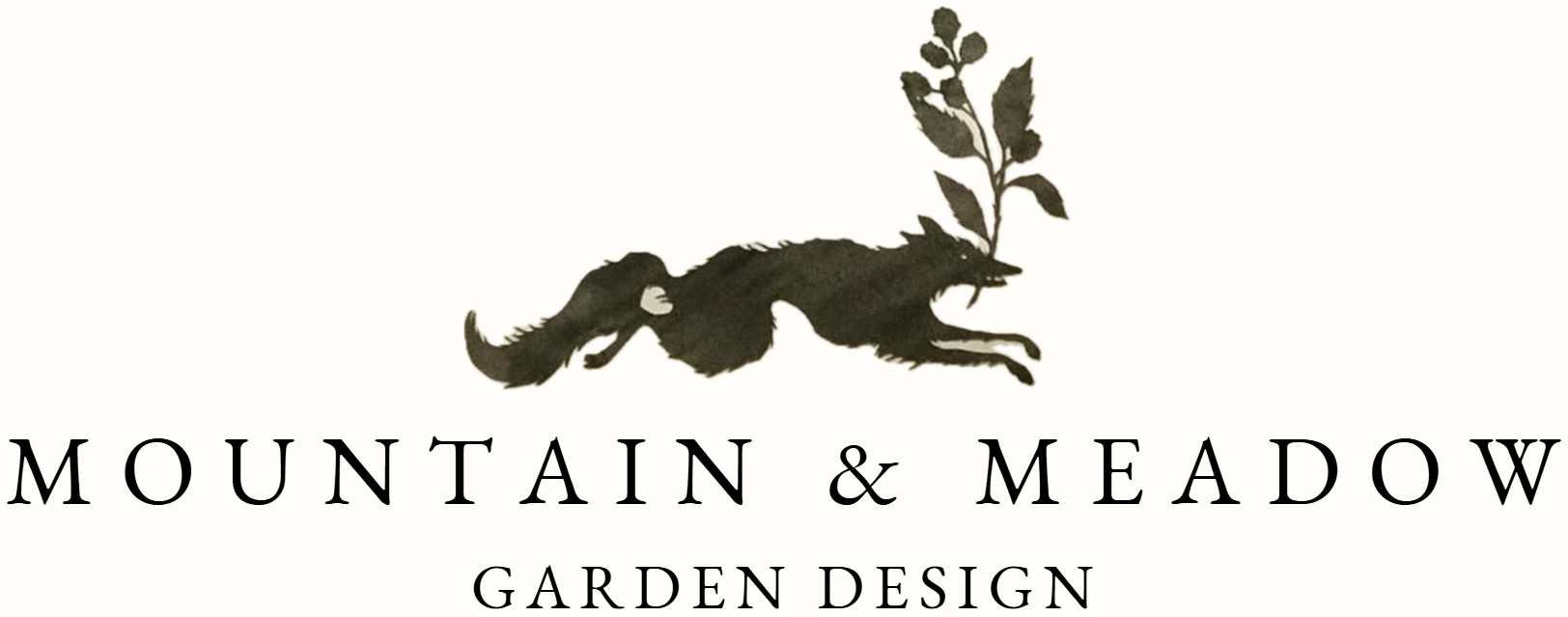
As fall comes to an end, many of our clients have come to us with the following question - What is the best practice for leaving leaves in our garden beds and on our lawns? There is a growing awareness of the benefits that leaves have for soil health and insect life. In addition, raking and bagging your leaves often means that they end up in the landfill, contributing to methane emissions as they break down anaerobically while covered and deprived of oxygen.
In garden beds, we encourage clients to leave all their leaves if they can. The microorganisms in the soil use the leaves as a nutritious food, and as they eat they break leaves down, thereby enriching your soil. An added bonus- leaves also act like a natural mulch. They suppress weeds, and cost nothing!
In terms of lawns, our recommendation is slightly different. Too thick a layer may kill your grass, so if more than 50% of your grass is covered, we recommend removing some. Extra leaves can be raked into garden beds or onto your compost pile. It is best to move leaves before the first frost, so that creatures using them as habitat have time to hunker down. Once extra leaves are removed from your lawn, we recommend mulching the rest - simply use your mower to shred them and create a finer texture. Mow in batches a few times over the fall, instead of waiting until the very end of the season when you have a large amount of leaves accumulated. Mulched leaves are more visually appealing, will be less likely to smother your grass, and will break down more quickly.
Written By Katie Cuthbert
2022-11-12
